New wide-angle ELMARIT R 19mm-II
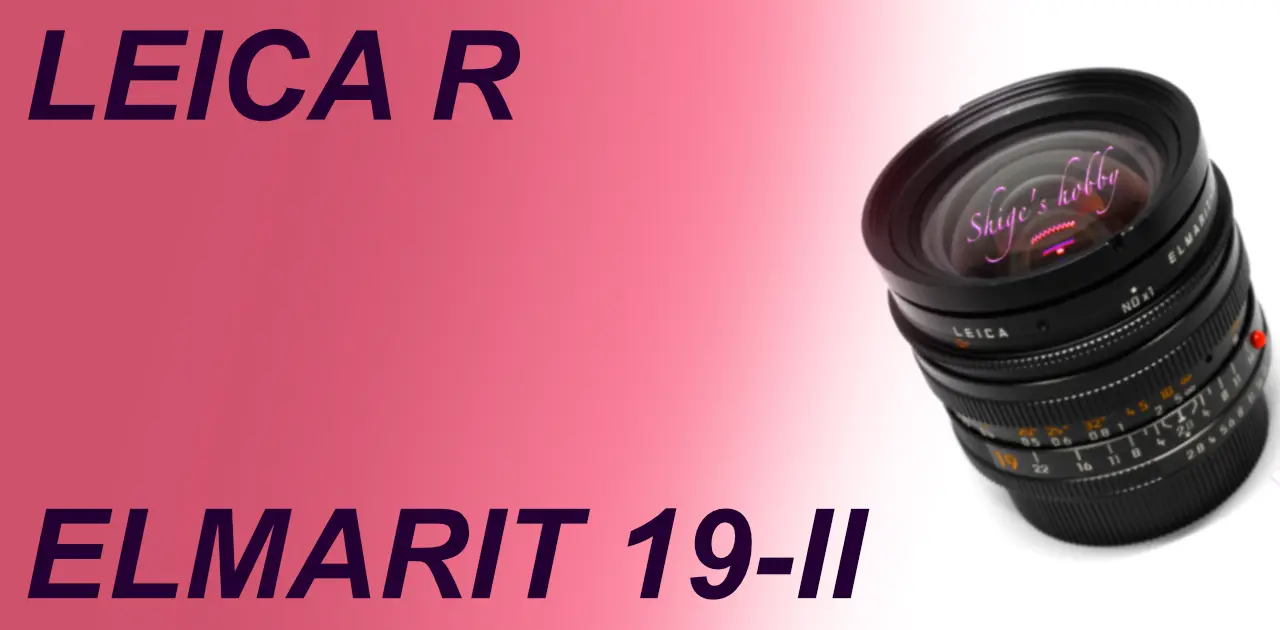
A review and Photo example of ELMARIT-R 19mm type-2.
Table of contents
Gallery
- LEICA R8 +DMR(Digital module R)
- CANON EOS-1DsMKIII
Review
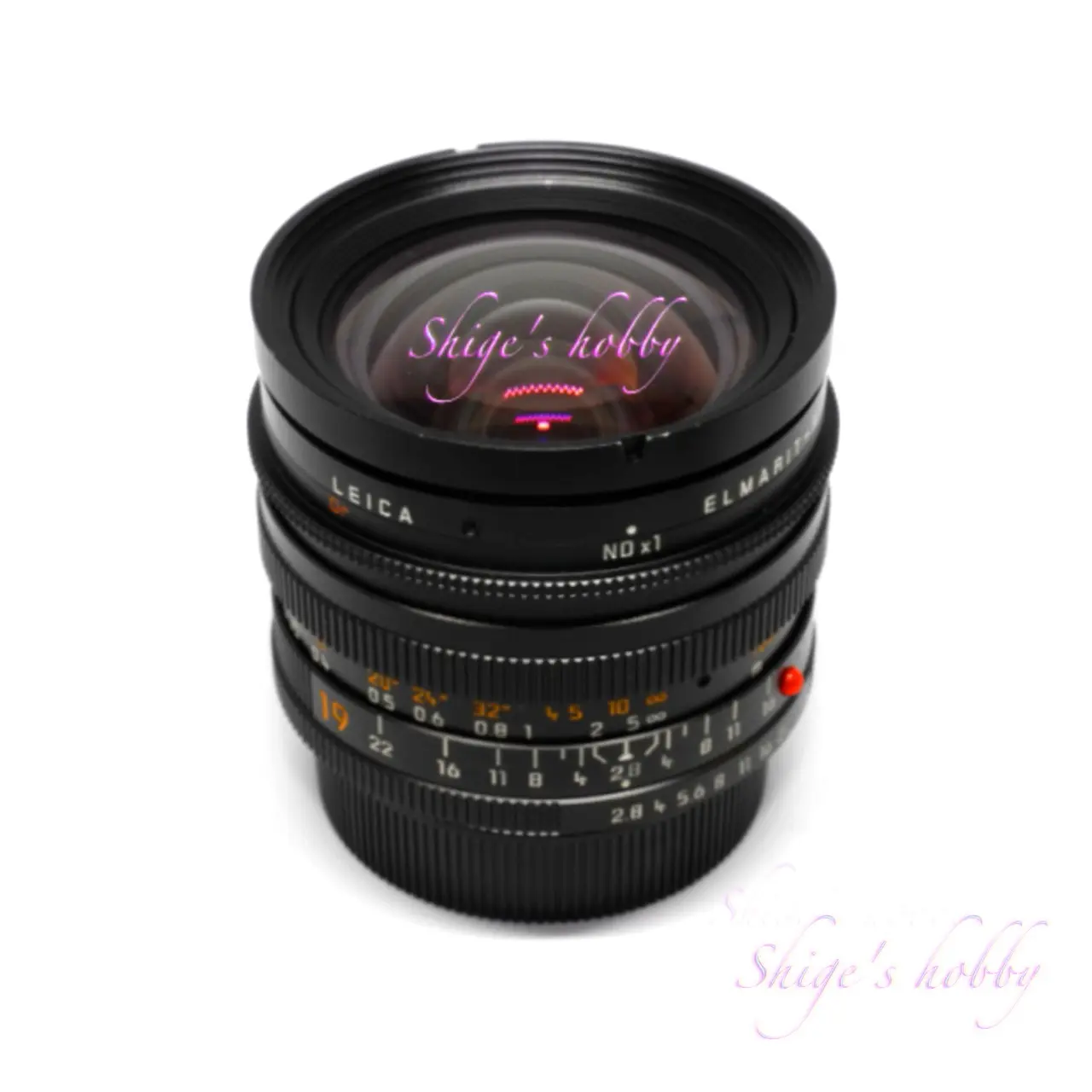
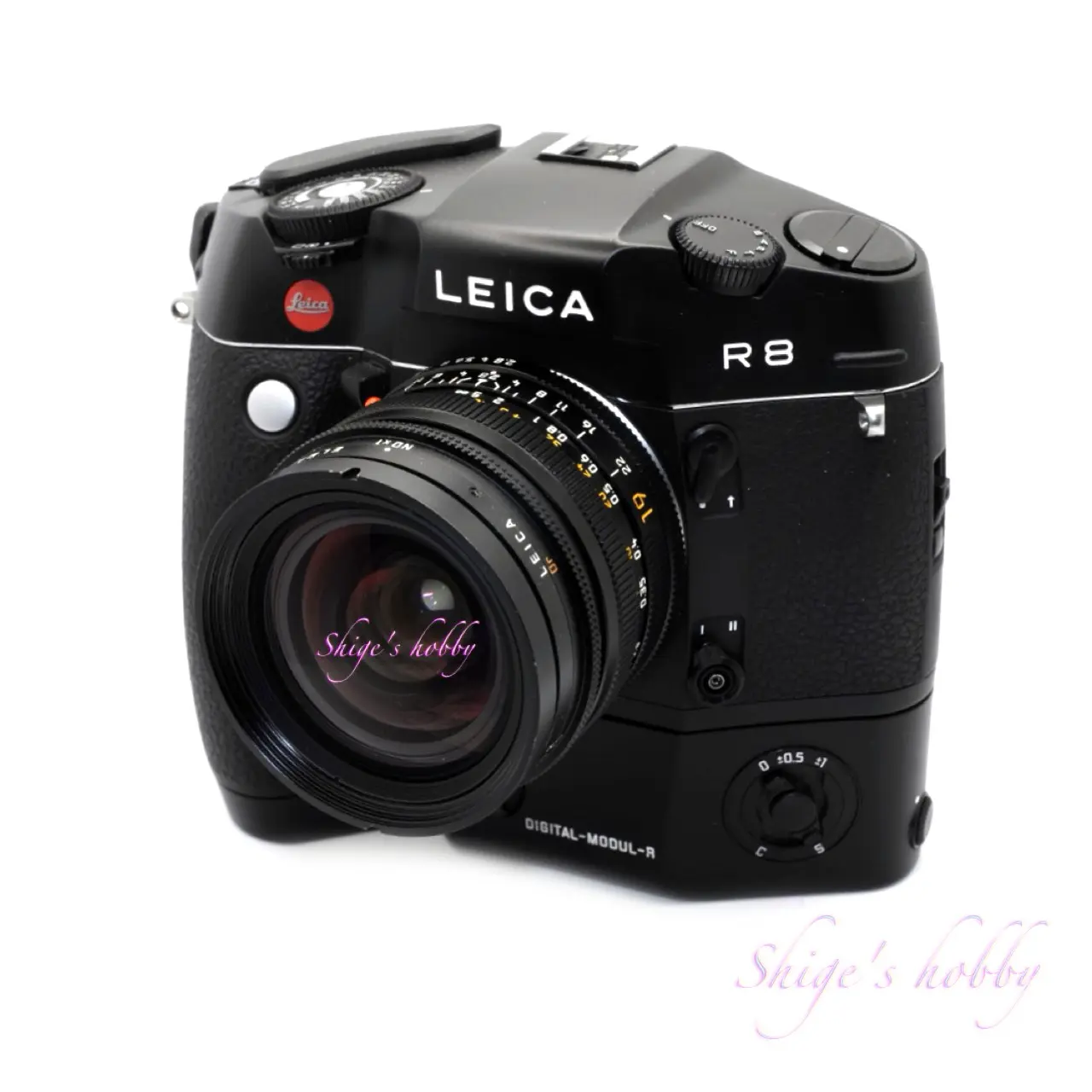
1.Overview
The Elmarit 19mm-II is a Leica R mount wide-angle lens with a focal length of 19mm.
The second generation Elmarit 19mm has a modern lens barrel and comes with a nice square hood.
The main specifications are as follows, and the details are listed in the table.
- Aperture value: 2.8
- Lens construction: 12 elements in 10 groups
- Aperture blades: 6
- Minimum shooting distance: 0.3m
- Hood: Square hood with dedicated hook
- No filters
Many of the wide-angle lenses for the Leica R mount are designed by other companies. The two 15mm lenses are old models made by Zeiss and the new model by Schneider, the fisheye 16mm is based on Minolta, and the two 21mm lenses are Schneider.
Both the first and second generation 19mm focal lengths are designed by Leica.
Like the Super-Elmar R 15mm, Super-Elmarit R 15mm, and Fisheye-Elmarit R 16mm, the lens has a mechanism for rotating four types of filters (NDx1, Or, YG, KB12) at the tip of the lens.
When used with a DMR (Digital Module R), the focal length is equivalent to 19 x 1.37 = 26mm.
2.Usage
This is a well-corrected wide-angle lens and I have no complaints about it in normal use. Even with the hood, it can produce strange colors in backlit conditions, so you need to be careful about the lighting conditions. Also, there is vignetting at the maximum aperture.
The minimum shooting distance is 30cm, so you can get close enough.
When using this lens with an optical viewfinder, I feel the difficulty of focusing that is unique to wide-angle lenses, perhaps due to the synergistic effect of my weakened eyes and the EOS viewfinder. With the Leica SL that I used before, I was able to check the focus reliably by using the magnification function of the EVF. In terms of reliable focusing, EVFs surpass optical viewfinders.
The new model has better contrast and backlight resistance than the old (Type-I) 19mm F2.8. However, it seems to have a more subdued overall color than other lenses, so if you are using a digital camera to take photos, adjusting the images a little brighter during development will make them look better.
As mentioned above, since filters cannot be attached, the bayonet cap attached to the hood is essential for protecting the lens when in use. This cap does not fit very securely, so care must be taken as it can be dropped and lost. To prevent loss, it is a good idea to attach a string to the cap and connect it to a strap, although it may look clumsy.
There are no screw grooves on the tip of the lens, and it is not possible to insert a series filter inside the hood, so filters cannot be attached.
3.Summary
To sum up the Elmarit 19mm-II, it is a rare wide-angle lens designed by Leica.
The new model definitely produces better images than the old 19mm.
And compared to recent wide-angle SLR lenses, the lens barrel is compact.
Because it is a lens made in the era of film cameras, when used with a digital camera there are some areas where the aberration correction is weaker than with today’s latest lenses.
As for purchasing, you can sometimes see it being sold at aggressive prices on the second-hand market, so I recommend buying it if you can find one at a price that fits your budget.
Mount adapter
For LEICA SL typ601, LEICA T series, and LEICA CL, if you use the Leica genuine mount adapter, Leica R-Adapter L (16076), you can transfer lens information to the camera if the lens has a ROM terminal. This information is recorded in the EXIF of the shooting results, so it is easier to organize the shooting results than when using lenses before the R cam.
When shooting with CANON EOS-1Ds MKIII, error 20 (Err20) occurs every time you take a picture. As far as I can tell from my own cameras, this error occurs only on the wide-angle side of the lens: ELMARIT-R 19mm-II, SUPER ANGULON-R 21mmF4, VARIO ELMAR-R 21-35mm, ELMARIT-R 28mm(I), ELMARIT-R 24mm, SUMMILUX-R 35mm F1.4. I haven’t attached it to check, but I think the 15mm SUPER ELMARIT and SUPER ELMAR are probably not usable.
Medium-format digital sensor camera
When used with the HASSELBLAD X2D, the image circle has no room for anything more than a 35mm full-frame sensor, so about 76% of the area of the 35mm full-frame sensor is usable, and anything beyond that has vignetting and image distortion, so it needs to be cropped. The photo below was taken with the hood attached, so the periphery is completely black, but even if the hood is removed, the image outside the dotted line is distorted, so I think the result is the same.

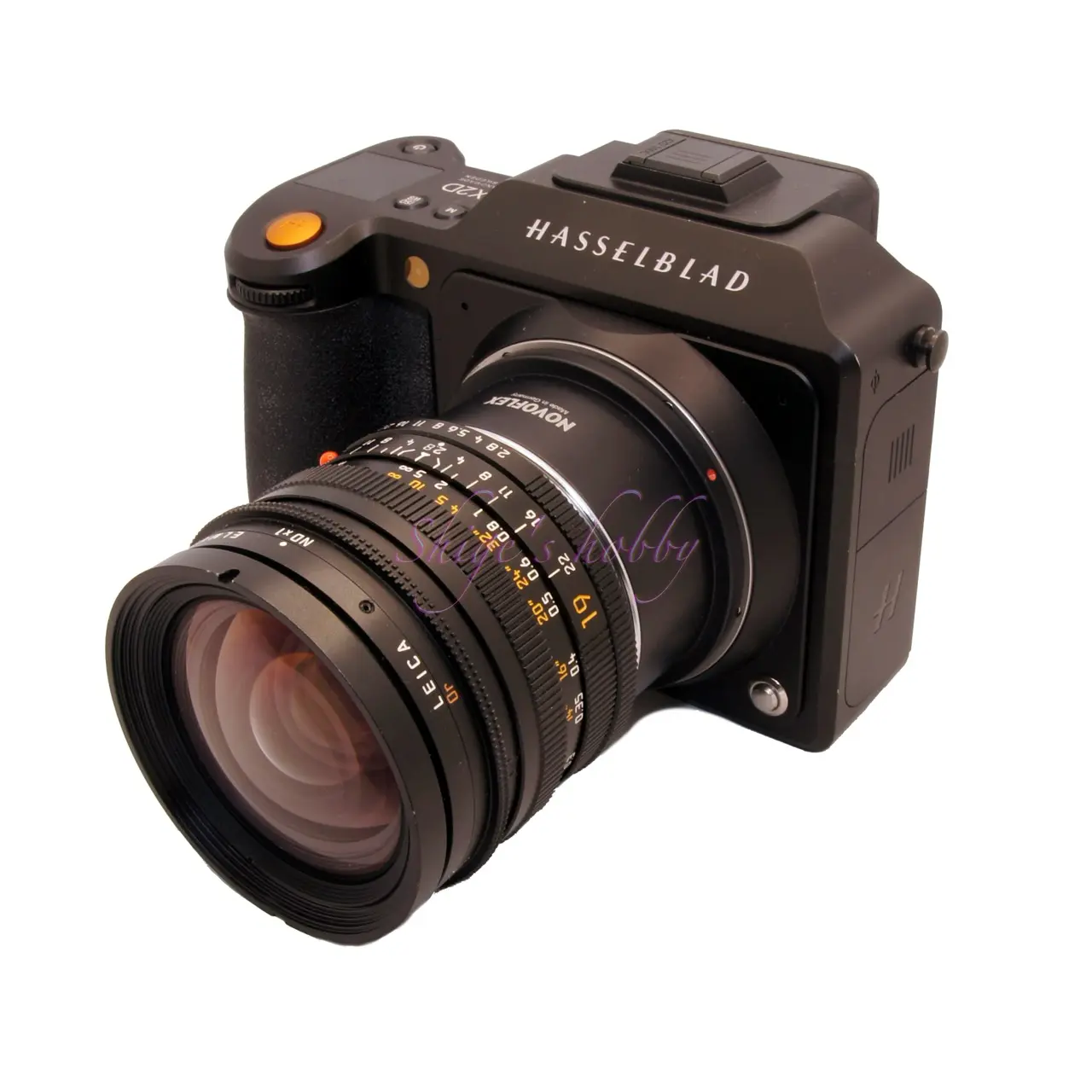
Specification and Competitor
I compared the lens configuration with the latest wide-angle lens MILVUS 18mm F2.8 from CARL ZEISS, released in 2016.
MILVUS 18mm is a successor to DISTAGON 18mm, which passed through the DISTAGON 18mm F4 (1967) from the YASHICA/CONTAX era, CARL ZEISS’ DISTAGON 18mm F3.5 (2008), and finally MILVUS.
Carl Zeiss uses 18mm as a lens to fill the gap between focal lengths of 15mm and 21mm. In contrast, LEICA uses 19mm for the R mount of SLR cameras between 15mm and 21mm. Since it’s only a 1mm difference between wide-angle lenses, there won’t be a big difference when shooting landscapes.
Since Leica uses 18mm for the M mount, it doesn’t seem that they have any particular preference for 19mm.
The new ELMARIT R 19mm 2 model was released in 1990, so if we were to compare them chronologically, the DISTAGON 18mm F4, which is the oldest and has been in active use for the longest time, would be a good choice, but we compared it with the latest MILVUS 18mm F2.8 lens with the same maximum aperture.
The MILVUS 18mm is made up of 14 lenses in 12 groups, with 4 special glass lenses and 2 aspherical lenses, making it a luxurious design that is typical of a 2016 design. The ELMARIT R 19mm, which was released in 1990 and is already considered an old lens, is made up of 12 lenses in 10 groups, all of which are spherical lenses.
Lenses are not judged by numerical performance, but looking at the performance indicators in the PDF distributed by both companies, we can see that the latest MILVUS 18mm has numbers that exceed the ELMARIT 19mm in various performance aspects. This is a natural result given the difference in design and manufacturing years.
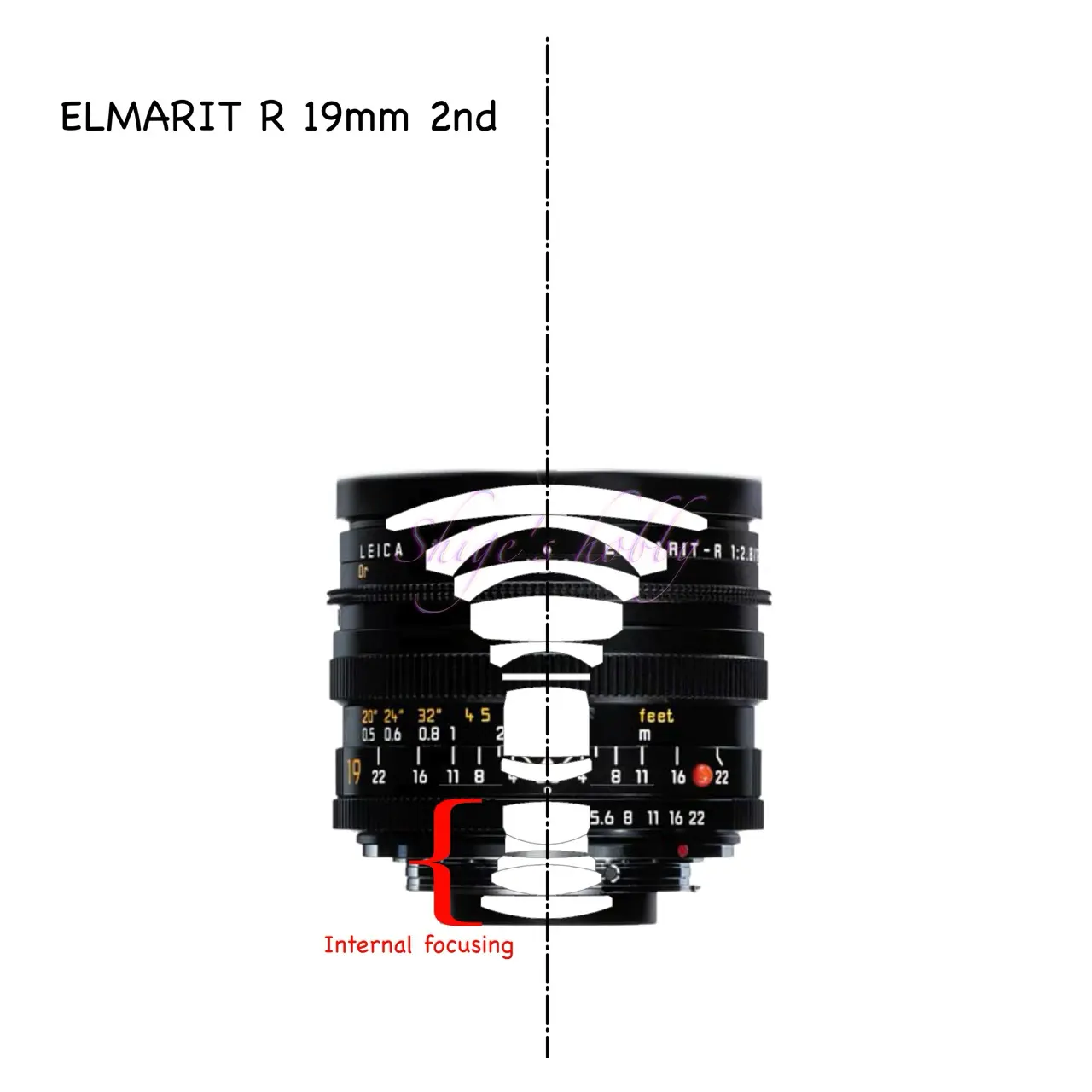
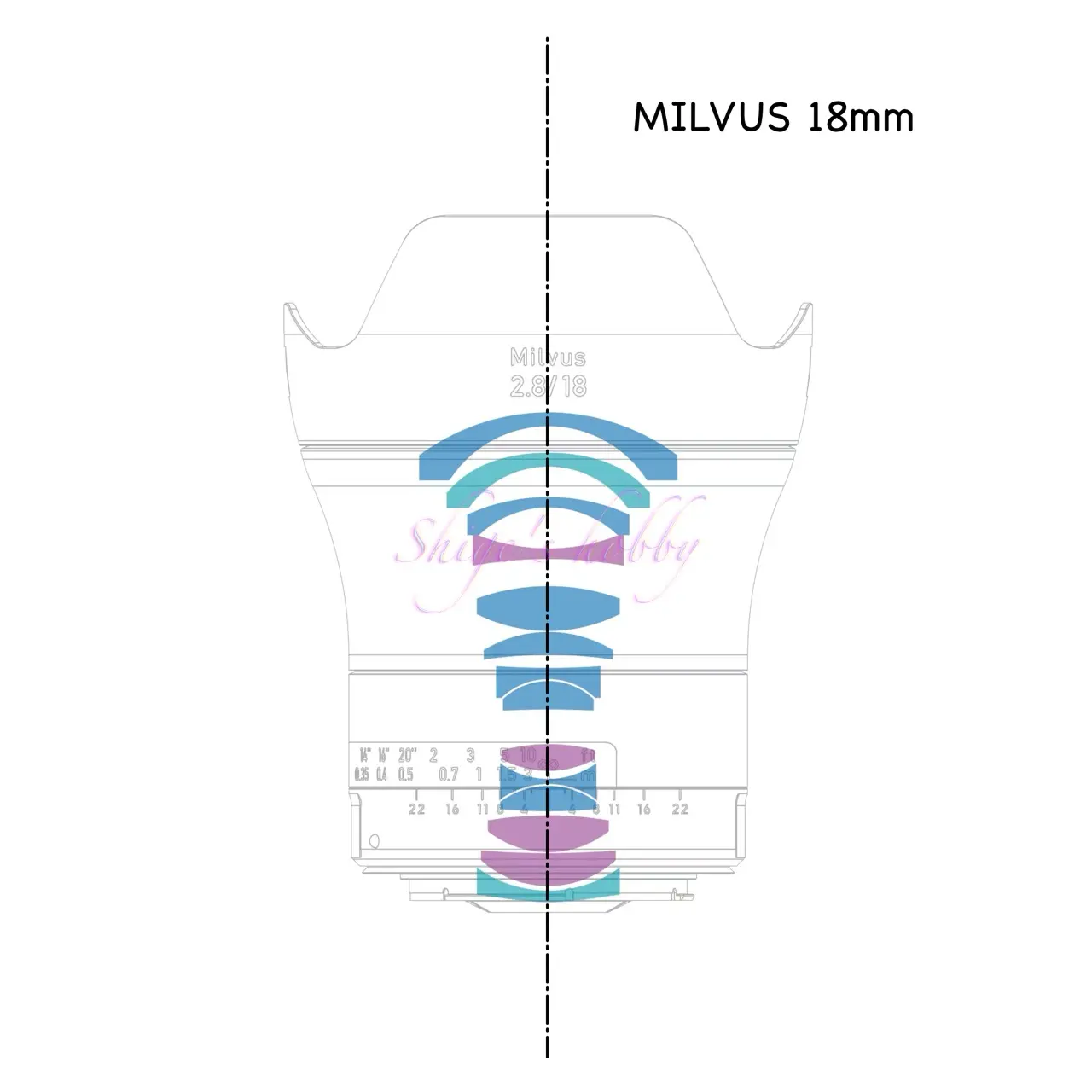
| Item | ELMARIT II | MILVUS |
| focal length(mm) | 19 | 18 |
| Maximum aperture | 2.8 | 2.8 |
| Minimum aperture | 22 | 22 |
| Lens configuration | 6 | 9 |
| Leaf blade | 12 elements in 10 groups | 14 elements in 12 groups |
| Minimum distance(m) | 0.3 | 0.25 |
| Lens length(mm) | 60 | 72.6(EF) |
| Lens max diameter(mm) | 71 | 90 |
| Filter type | – | 77 |
| Weight(g) | 560 | 721(EF) |
| Hood | 12546 | 2144-505 Bayonet/Petal Shape |
| Lens mount | LEICA R | CANON-EF NIKON-F |
| Release date | 1990-2005 | 2016〜 |
| Production numbers | 5,900 | ? |
 ELMARIT-R 19mm F2.8 lens Specification PDF
ELMARIT-R 19mm F2.8 lens Specification PDF
Reference links
Update history
- 2025.4.9
- 2024.8.20
- 2024.02.17:Update article
- 2022.02.21:First draft

Leave a Reply